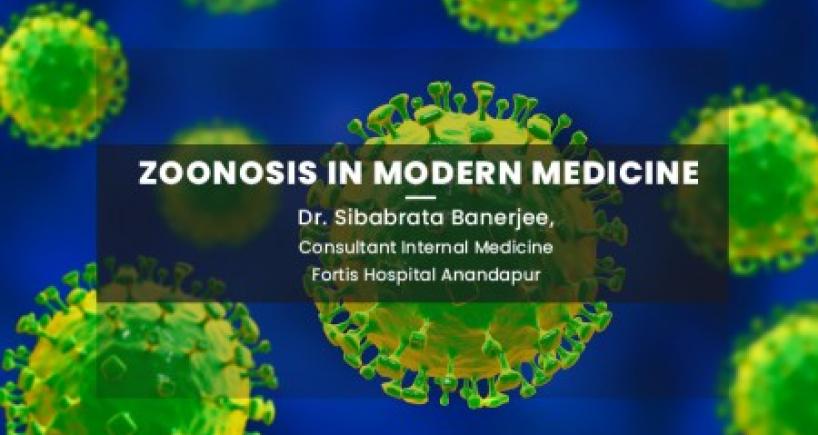
Internal Medicine
Zoonosis In Modern Medicine
Zoonosis In Modern Medicine Oct 16, 2019
In recent medical science, Zoonosis is attracting a lot of medical and social interest.
One of the most recent Zoonosis outbreaks is in Kerala from bat by NIPAH virus.
Apart from that salmonellosis, shigellosis, rabies etc. are of important medical interest.
Zoonosis is an animal disease that is transmissible to human.
Humans are usually an accidental host that acquires disease through close contact with an infected animal who may or may not be symptomatic.
Children are at highest risk for infectious diseases; because of they are more likely to be infected by pets.
Immunocompromised patients are having very high case fatality rate.
Transmission of an extensive array of bacterial, viral, parasitic zoonotic pathogen including drug resistant organism can occur from pets.
Many different root of transmission can cause infection related to pets including infectious saliva, hand to mouth transfer, insect bite, aerosol from body fluid, scratches and contamination of water or environment with pathogen containg animal soil.
Zoonosis from dogs and cats are very well studied. Rabies, pasturella, capnocytophaga, brucella, salmonella, campylobacter, giardiasis, toxocara, echinococcus, lymes disease are well known dog related zoonosis. Bartonella, pasturella, tularemia, cow pox, salmonella, toxocara cati etc. are known cat related zoonosis. Horses, rabbits, deer, sheep, cattle, goats, rodents, birds, reptiles are known for zoonotic infection.
Interestingly handling aquarium fishes very rarely cause any zoonotic infection until consumed as food.
NIPAH VIRUS infection is very well discussed in media but it is not a new disease.
In last two decade, around 600 patients died from this disease in different continents.
India and Bangladesh are the worst sufferers. Another virus very close to Nipah virus is HENDRA VIRUS. Hendra virus is transmitted from horse to men directly.
Nipah virus is transmitted usually from fruit bat to human via pigs and intermediate host.
Although pets has been implicated in transmission of zoonosis to their owners, risk of transmission from contact with pets is low and may be further reduced by simple precautions like proper hand wash, proper veterinarian care of pets, prohibition of food in animal area, proper sharing of information regarding disease risk and prevention with attenties.
Vaccination is a further promise for immunization against zoonotic infection.
Tetanus immunoglobin and tetanus toxoid is almost mandatory to every animal bite patients.
Links to society and government sponsored guideline for important information are “HEALTHY PETS, HEALTHY PEOPLE" and "SOCIETY GUIDELINE LINKS : RABIES".
Pets serve valuable role in society. Pets may lower blood pressure, reduce dyslipidemia, and improve feeling of loneliness with increasing opportunities for exercise, outdoor activities and socialization.
Zoonotic risk from pets, particularly for immuniocompromised patients are almost preventable and a challenge to modern medicine.


















